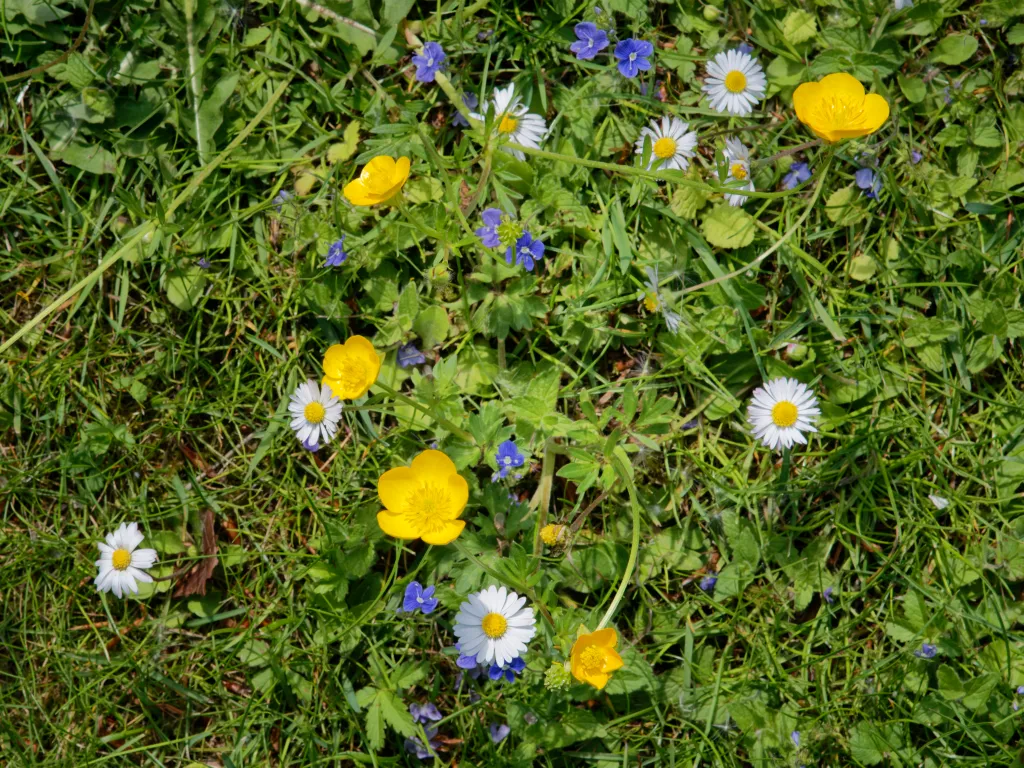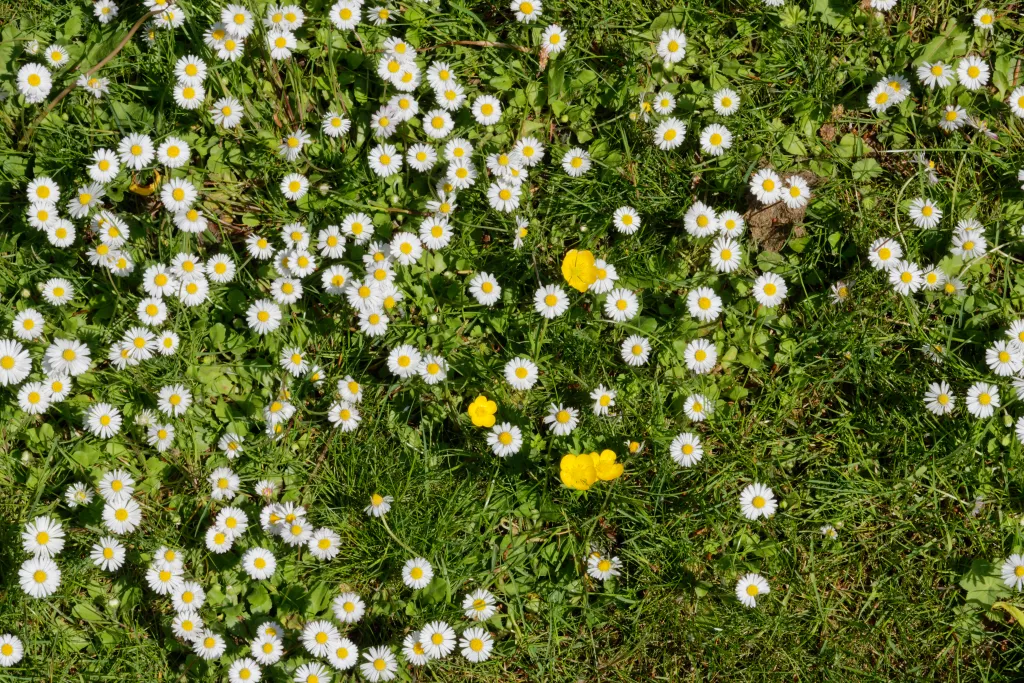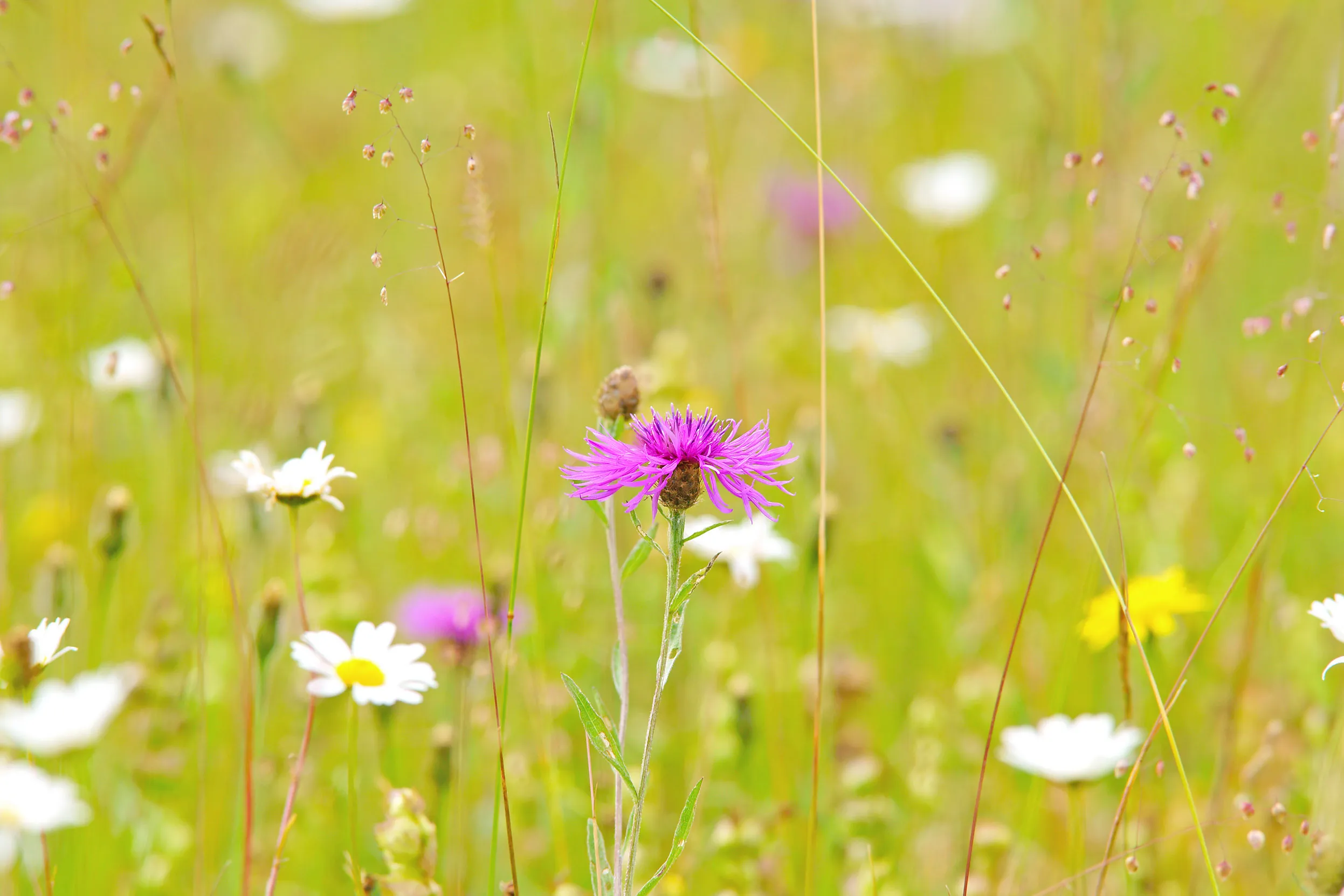News
Celebrate National Tree Week with a look at three remarkable woodland birds
Meet the UK’s mightiest finch, our smallest woodpecker and a beak-snapping flycatcher.
Don’t just do something – sit there!

It’s nearly time for No Mow May! You’re invited to do exactly as it says – simply give your mower a rest and leave your lawn to grow wild for the month of May. As well as giving you a break, it’s great for wildlife too.
If you have a garden, take a break and leave it alone to go back to nature during the month of May. If you want to go a step further, encourage friends and neighbours to do the same.
Maybe you don’t fancy letting the whole of your garden go wild, and that’s fine! You can still benefit wildlife by letting a section of it go back to nature.
If you have a very small garden, you can still make a difference for nature so feel free to take part. Every bit counts.
Register to take part on the Plantlife website.
Feel free to share your lawn’s progress using #NoMowMay.

Sadly, we’ve lost 97% of our flower-rich meadows since the 1930s. But these are vital for important pollinators such as bees and butterflies. No Mow May helps replace some that loss.
It allows daisies and clover to flower, and encourages pollinators to your new meadow. Pollinators are vital, as they allow plants to fertilise, develop seeds, and produce fruits, so by taking part in No Mow May, you’re doing something amazing for nature. No Mow May can also help tackle pollution and help lock away carbon below ground.
There are more than two million gardens in the UK. If all of them were left to nature in May, it could all add up to an amazing patchwork of tiny meadows – and you will end up with a buzzing, colourful wildlife haven on your doorstep, brimming with life.

The wild plant charity Plantlife launched No Mow May in 2019. It aims to show how lawns can be encouraged to brim with life, just through giving the lawnmower a rest for a month. It can also benefit declining species and encourage vital pollinators.